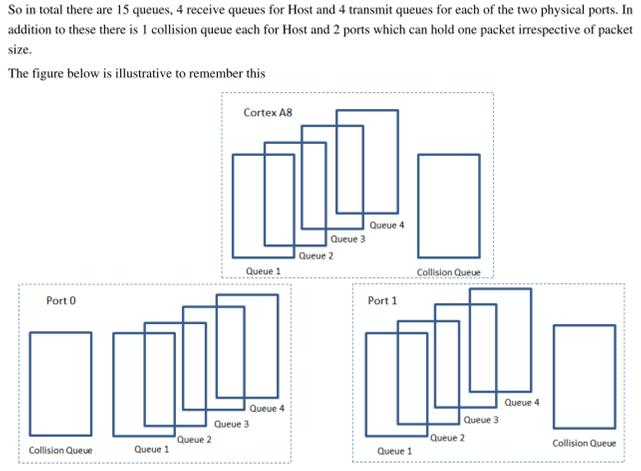Hi,
I have a question about ICSS EMAC LLD driver of ISDK v2.01.01.02. - lld/icss_emacDrv.c ICSS_EmacRxPktGet()
I am refering ICSS EMAC LLD developers guide as follows:
processors.wiki.ti.com/.../ICSS_EMAC_LLD_developers_guide
How does the Collision Queue work?
I guess collision may occur when port1 and port2 receive data simultaneously and give notice to the host, because there is only one queue in host.
then one of two recieve data(port1 or port2) is saved into the collision queue.
Actually in our exam, we can observe the work of reading from collision queue frequently.
Is my understanding right?
Best regards, RY


